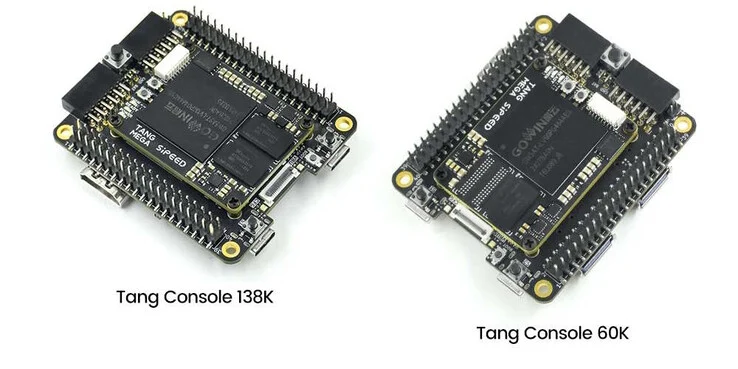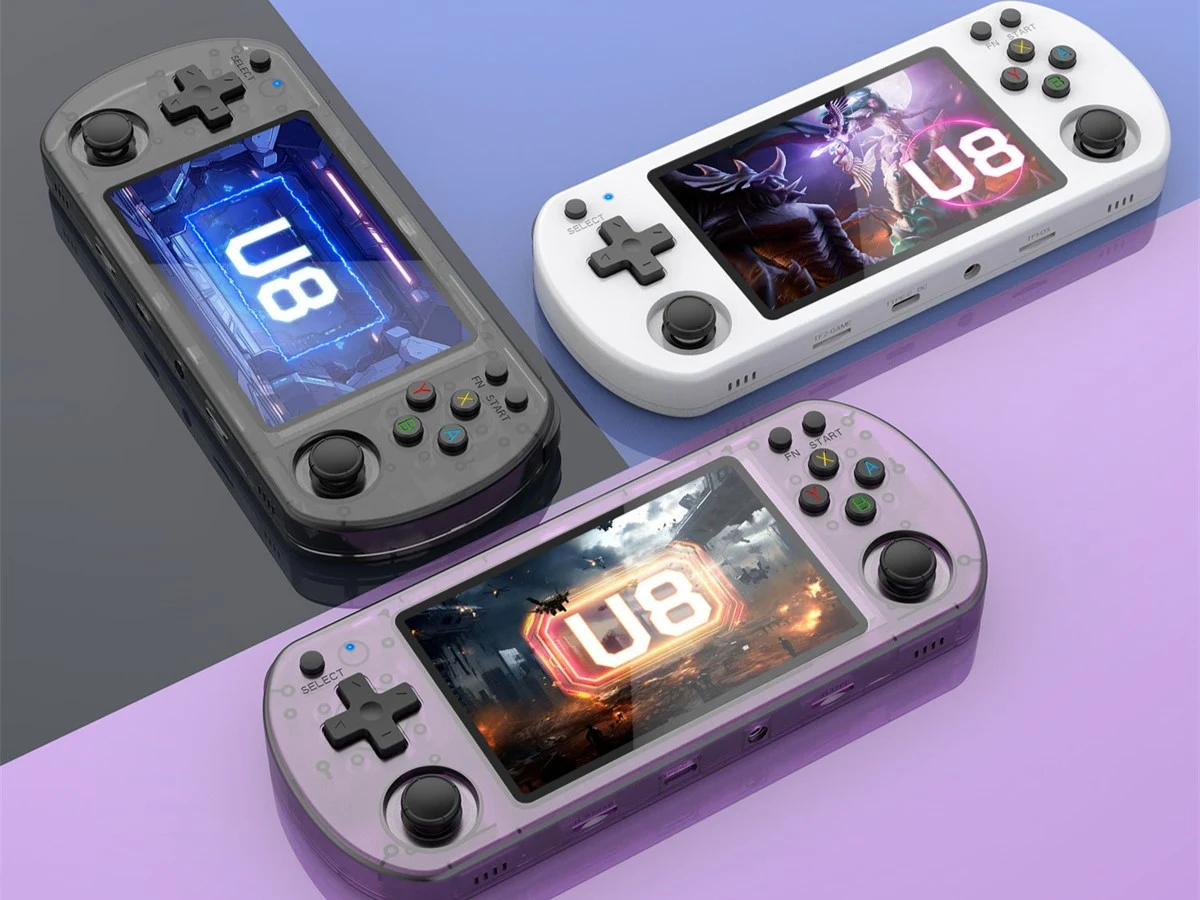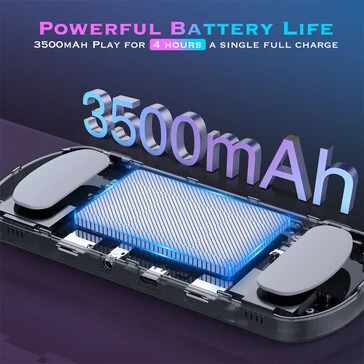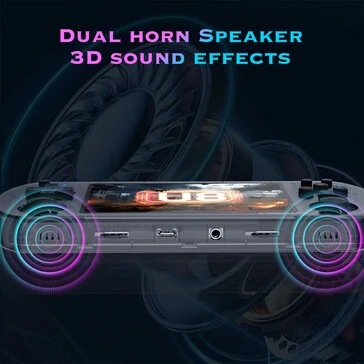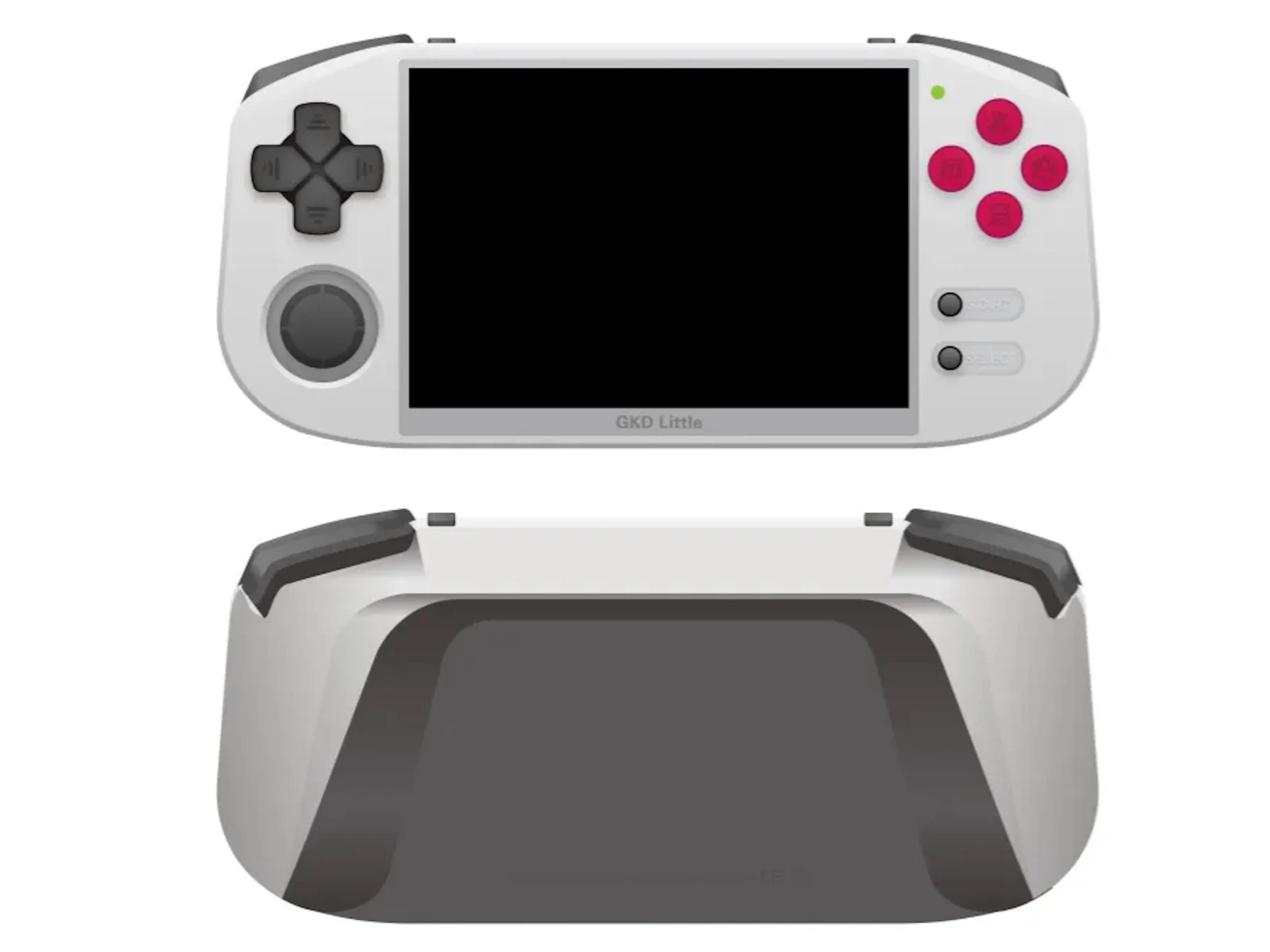Key Takeaways
1. The iMP Mini Arcade Pro is an accessory for Nintendo Switch consoles, designed to evoke the retro gaming charm of the 1980s.
2. It will be unveiled at Gamescom on August 20th, with availability expected for the holiday season of 2025, although the price is not yet announced.
3. The Mini Arcade Pro offers easy installation, protects handheld displays, and can hold up to 12 game cards.
4. Aimed at competitive gamers, it features a fight stick design, quick input response, turbo mode for combos, and customizable joystick settings.
5. The accessory provides a unique option for retro gaming enthusiasts who may not have the skills to build their own arcade cabinet.
With Nintendo Classics, the charm of retro gaming has taken center stage in the Switch and Switch 2 world. The upcoming iMP Mini Arcade Pro is designed to bring players back to the vibrant 1980s. Gamers can easily slide their consoles into this accessory, which creates a solid connection using USB-C. This Mini Arcade Pro also serves as a controller and a fight stick, featuring a ball-top joystick and eight micro-switch buttons.
Pricing and Launch Date
Although the iMP Mini Arcade Pro’s price has not been revealed, it is set to be unveiled at Gamescom on August 20th. This innovative accessory is anticipated to be available in time for the holiday season of 2025.
Installation and Features
According to the UK manufacturer, setting up the Switch, Switch OLED, or Switch 2 in the compact arcade cabinet is quite easy. When at home, gamers have a creative option instead of relying on kickstands in tabletop mode. A screen adapter can be used to protect the display on the various handheld devices. The ABS plastic construction ensures the consoles are safe during transport. Another handy feature of the Mini Arcade Pro is its capacity to hold up to 12 game cards for the Switch or Switch 2.
Competitive Edge
Functioning as a fight stick, the Mini Arcade Pro aims to attract competitive gamers. Whether it’s Super Smash Bros. Ultimate or Street Fighter 6, this controller emphasizes quick and low-latency inputs. The turbo mode minimizes the number of button presses needed for combos.
Players can also adjust the joystick settings to work as a left or right analog stick or a D-pad. Most standard controls are included, such as the C-button that is exclusive to Switch 2 controller variants.
In conclusion, it’s still uncertain if the iMP Mini Arcade Pro will be seen as more than just a fun gadget. However, it does offer a unique solution for retro gaming enthusiasts who may not have the skills to craft their own arcade cabinet.

















